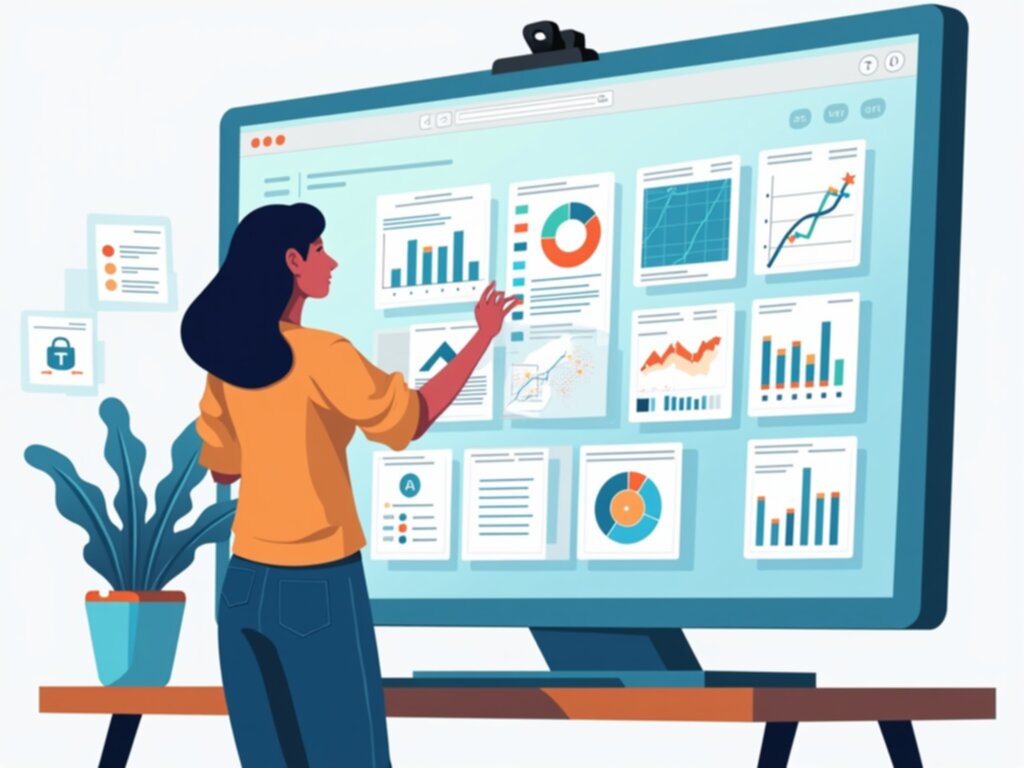How Insurance Pros Accurately Predict Future Risk

I've spent a good chunk of time recently watching how the insurance world manages uncertainty, and frankly, it's fascinating how they attempt to put numbers on what hasn't happened yet. We talk about risk prediction in tech all the time—predicting server load, traffic flow—but insurance is dealing with human lives, property damage, and systemic failures. It’s a different beast entirely, one where the consequences of a miscalculation are far more tangible than a slow website response.
When you look at an insurance premium, you're not just seeing a price tag; you're seeing a carefully constructed hypothesis about the future, built on mountains of historical data and a healthy dose of statistical paranoia. My curiosity centers less on the marketing of these predictions and more on the actual mechanics—what models are robust enough to withstand the inevitable shocks the real world throws at them? Let's look under the hood at how actuaries and data scientists attempt to tame chaos.
The foundation of accurate risk prediction rests heavily on historical frequency and severity data, but that alone is a recipe for stagnation, especially now. If an insurer relies solely on the last ten years of hurricane data, they might be catastrophically unprepared for the next Category 5 storm that deviates from the established track record. What I observe is a necessary shift toward incorporating external, forward-looking datasets that capture environmental, behavioral, and economic shifts. Think about telematics data in auto insurance; it moves the assessment from demographic averages—like your zip code and age—to actual driving habits observed in real time. This granular behavioral data allows for finer segmentation, meaning two drivers in the same neighborhood pay vastly different rates based on demonstrated caution, not just presumed recklessness. Furthermore, sophisticated firms are now running massive Monte Carlo simulations, not just once a year, but continuously, testing their reserve adequacy against thousands of potential future scenarios, some of which are deliberately constructed to be highly improbable yet financially devastating. This requires immense computational power and a clear understanding of model dependence—ensuring that a single catastrophic event doesn't simultaneously trigger losses across multiple, seemingly unrelated policy lines. It’s about building resilience into the predictive framework itself, acknowledging that the past is merely a guide, not a guarantee.
The real intellectual challenge surfaces when dealing with low-frequency, high-severity events—the "Black Swans," though frankly, many modern catastrophes are now sadly predictable shades of gray. For property insurance, precise geospatial modeling has become non-negotiable; gone are the days of simple flood zone maps based on historical records. Modern approaches integrate real-time climate models, elevation data accurate to the centimeter, and even satellite imagery analysis to assess roof age and surrounding vegetation density for wildfire risk. This level of detail allows for micro-segmentation of risk down to the individual structure, shifting the premium calculation from broad area averages to property-specific vulnerability scores. However, I remain skeptical about the true predictive power when systemic risks are involved, such as widespread cyber attacks or simultaneous failures in infrastructure due to geomagnetic storms. These correlated risks often fall outside the traditional independent loss assumptions baked into standard actuarial tables. Therefore, the most forward-thinking analysts are spending considerable resources building 'systemic risk overlays,' essentially stress-testing their entire book against correlated failure modes that might bankrupt smaller carriers who haven't bothered to look beyond their immediate historical loss ratios. It requires a shift in mindset from simply calculating expected loss to actively mapping potential cascading failures across the entire economic system their policies touch.
More Posts from insuranceanalysispro.com:
- →Avoid Costly Mistakes With A Detailed Policy Analysis
- →Deep Dive Understanding Insurer Solvency and Stability
- →When Insurance Says No How to Fight a Claim Rejection
- →The Generative AI Revolution Reshaping Insurance Underwriting
- →Analyzing the true impact of inflation on insurance claims reserves
- →Why Proactive Risk Control Drives Better Insurance Outcomes